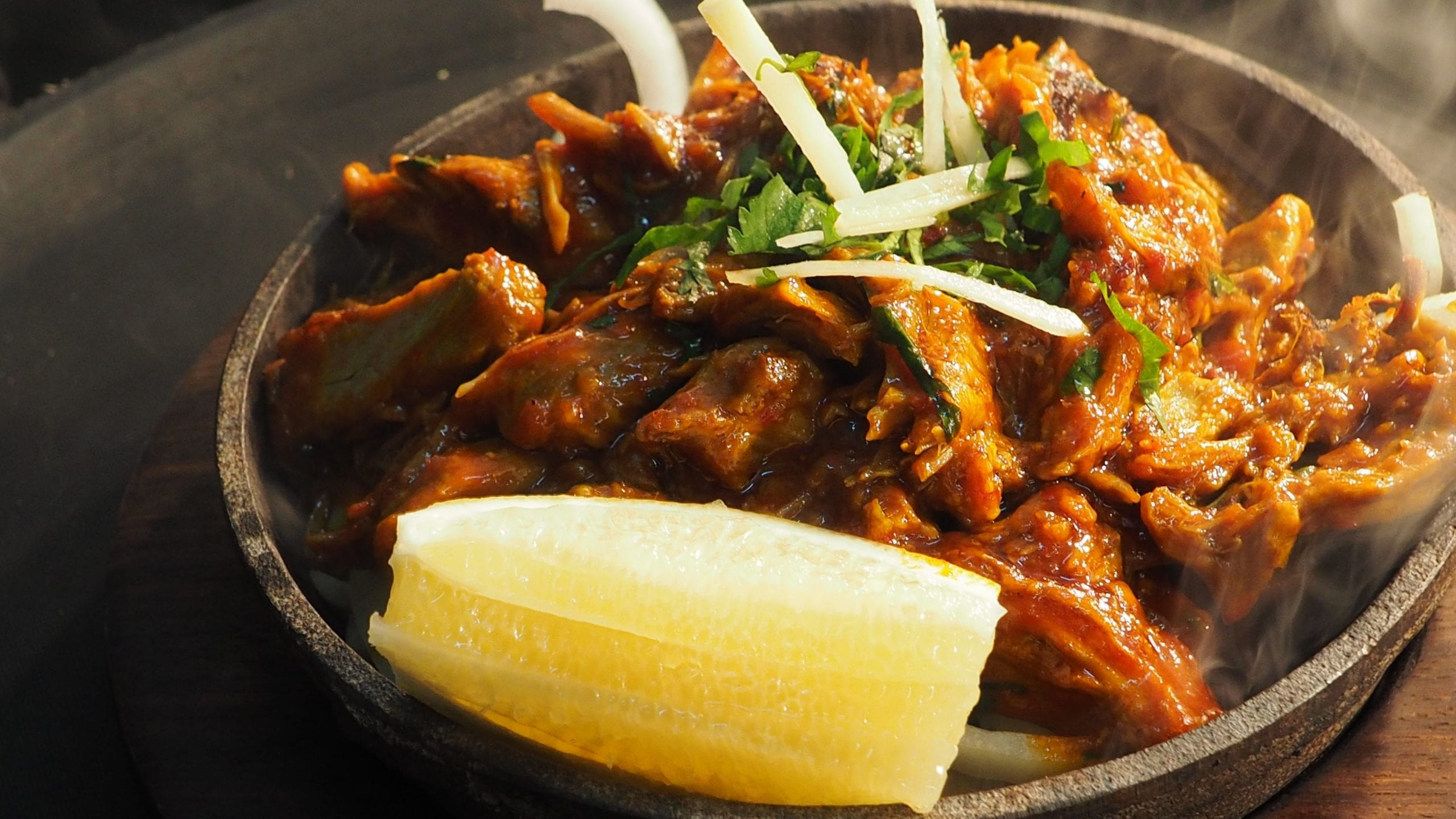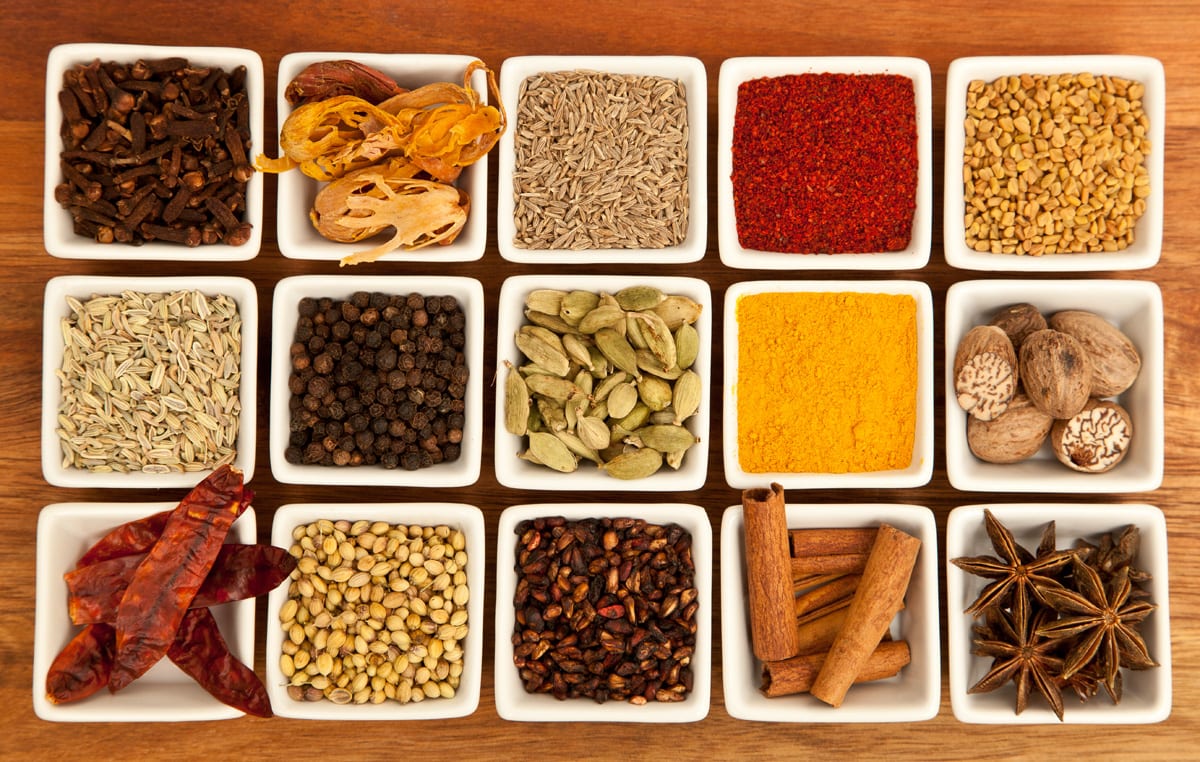Have your lunch breaks gotten boring? How about an enticing curry to spice up your taste buds? Curries like korma, rogan josh, jalfrezi and tikka masala are more than just food – they are an experience. An explosion of sweet, savory, spicy, and sour flavors all at once – each bold in its own right, but at perfect harmony when in the quintessential blend of a curry. Colonization of the subcontinent took curry, the heart and soul of Indian cuisine, to Britain where the dish gained such prominence that today Chicken Tikka Masala is Britain's national dish, over English icons, like fish and chips. Such is the love for curries. Moreover, curries are delicious, healthy and fun to cook. Science explains why:
What makes curry so delicious?
Culinary science generally favors dishes with ingredients that have overlapping flavor profiles. A study found that Indian cuisine is an exception to this culinary dogma. In Indian cuisine, the more the flavor profiles of ingredients overlap, the less chance that they will appear together in a recipe.

The heart of a curry resides in its blend of spices and herbs. The magical flavors of these spices are known, but are you aware of the plethora of health benefits accompanying these natural ingredients?
Health benefits of spices in curry
Turmeric is an essential ingredient of curry, and is also the major culprit behind a nasty curry stain. Tumeric makes up for this though, as one of its components, curcumin, is heart-healthy, normalizing the levels of bad fats in our heart. Antioxidants help fight cancer by protecting cells against damage from harmful molecules known as free radicals. The curcumin in turmeric is a natural antioxidant which impedes cancer progression.
The benefits of garlic can fill up an entire book; so vastly researched are the compounds found in its oils like ajoene, alliin, and allicin. These compounds help fight high blood pressure, or hypertension. The components of garlic's oil are a rich source of vitamin A for good skin and sharp eyes, vitamin C for better immunity, phosphorus for stronger bones and teeth, potassium for building muscles, and essential amino acids which are the building blocks of proteins in our body.
Cumin's distinctive earthy, acrid flavor contribution to curry is a result of cumin oils, which actually have antimicrobial properties. Another staple in curries, coriander seeds can help control the sugar levels in diabetic patients. Herbs like curry leaves and basil possess high medicinal values. They can be prescribed for the treatment of conditions like diabetes and obesity.

The cooking chemistry of curry
While we have glimpsed the goodness of the many strong herbs and spices that make up curry, it should be noted that these ingredients cannot be consumed fresh. Instead, we add them to a curry to reap their benefits. Additionally, authentic curry is not simply the blend of all these spices; rather, preparing curry is an orderly step-by-step process.
Each of the curry's spices and herbs is a water-insoluble, organic compound, whose flavor and health benefits may be destroyed by heat. Hence, spices are roasted in oil at controlled temperatures during the cooking of curry. Whole spices go first into the hot oil. They will crackle and burst, infusing their aroma all around, indicating that the flavors and benefits have been extracted into the curry. Ground spices are added later in the cooking process, as to not let them burn due to their high surface area of contact with oil. Curry base is prepared according to the water content of the ingredients: onion, garlic and ginger go in first, followed by green chili and tomato. Tomato is added last because its cell wall breaks down upon cooking and the exuded water helps to provide a nice texture. Next, vegetables or meat are added to the base. Add atop a bowl of rice and you've got yourself a delicious curry dish!
Make your own curry at home
Curry can be one of the healthiest recipes you could include in your daily diet when you prepare it at home. Unfortunately, restaurants often serve us the fattened versions with calorie-loaded cream. Now that you have been introduced to curry's flavors and cooking science, I would suggest ditching those overpriced options at the restaurants. Instead, be your own chef at home by stepping into the magical world of curry. It is definitely worth a try; after all, curries are more than guilty pleasures reserved for your occasional visits to ‘The Taste of India'.
Featured image credit: pixabay licensed under CC0

About the Author
- athenssciencecafehttps://athensscienceobserver.com/author/athenssciencecafe/April 17, 2020
- athenssciencecafehttps://athensscienceobserver.com/author/athenssciencecafe/April 12, 2020
- athenssciencecafehttps://athensscienceobserver.com/author/athenssciencecafe/April 3, 2020
- athenssciencecafehttps://athensscienceobserver.com/author/athenssciencecafe/March 30, 2020







